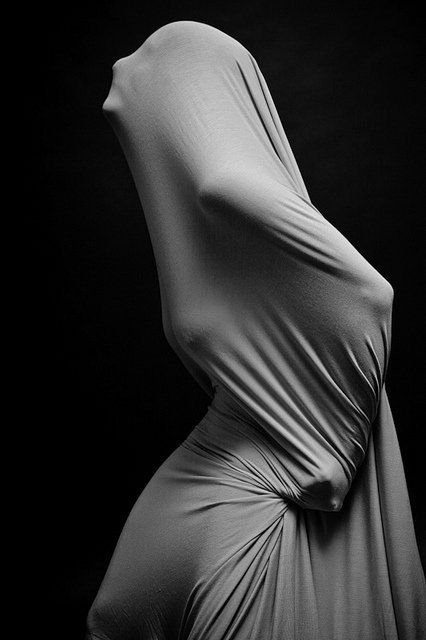Praise Blindness
Praise Blindness. Blindness as a body technique.
In the next post I will talk about a subject that I love: the body, the different bodies and the possibilities.

(Source: https://goo.gl/JcxScv)
There are bodies that have been marked by some limitation or physical disability and it is complex to understand it from an external perspective. These bodies develop other senses and that is why they are framed within a Body Technique.
Have you thought about the possibility, so suddenly, of going blind? I, many times and fear is unimaginable. I have always felt great admiration for those who manage to face it and live.
Blindness is a functional diversity of sensory type where the sense of sight is totally or partially lost. These people develop the senses that we sometimes even ignore.
Marcel Mauss, a very important theorist, says that a Body Technique is: "The way in which men, society by society, make use of their body in a traditional way"
To make it easier, are those repetitive actions that may or may not be imposed by society either by socialization or imitation, are built on the basis of social acceptance. There are many corporal techniques, from birth techniques, rest, displacements, hygiene, sexual differences or upbringing.
The Body as an instrument and use of the senses.
The man in his need to express himself, communicate and interact, seeks any means to communicate being the body the main instrument of communication, according to the sociocultural environment. Víctor Fuenmayor - Venezuelan dancer and theoretician - in "Techniques of the Body and Techniques of Dance" (extracted from https://goo.gl/q2K13e) quotes Marcel Mauss who says: "The body is the first instrument of man and the most natural Or more exactly, without speaking of an instrument, we will say that the object and the most natural technical medium of man is his body. "
People with blindness constantly use sequential memory strategies in everyday actions, tend to develop skills superior to us that we tend to depend on the eyes.
As for the senses, they develop the sense of smell, being very important as a source of information about the environment. They are not better at detecting an odor in the environment but they have a greater ability to categorize it.
The tactile-kinesthetic sense is always active with the medium, provoked by mechanical, thermal and chemical stimuli. The hands and other parts of the body can activate, take, push, rub and lift in order to obtain information about the environment. As for reading and writing using the Braille system, it has disadvantages compared to visual reading, since it is much slower.
It is also interesting how they manage to locate themselves in space, making routes by knowing a place and applying sequences of objects; for example, if a tree is found near the door when leaving a place, they are guided by its location, if it is on the right or if it is the first object on the left, etc.
Of course, the deductive way of thinking is another possibility for problems due to the lack of vision, but the sensory system or touch remains the alternative to vision, allowing us to take information from the outside.
It is an experience of the world different from that of us seers, but they perform the same daily actions: bathing, cutting their hair, applying makeup, reading, writing, among others. They do not cling to the sense of sight and other strategies or instruments are used, they have a broader and more detailed look at what surrounds them.
I invite you to take some time to experiment with our fears and stop depending on your sight, begin to use our senses, to be more conscious. Look with your hands, with your ears, with your nose, to truly taste and think about what another would want but we do not appreciate it.
PS: It seems important to clarify that this writing was made based on observation and deduction by means of body exploration
. . . .
I hope you liked it and keep reading my attempts here.
Sorry for my bad English.